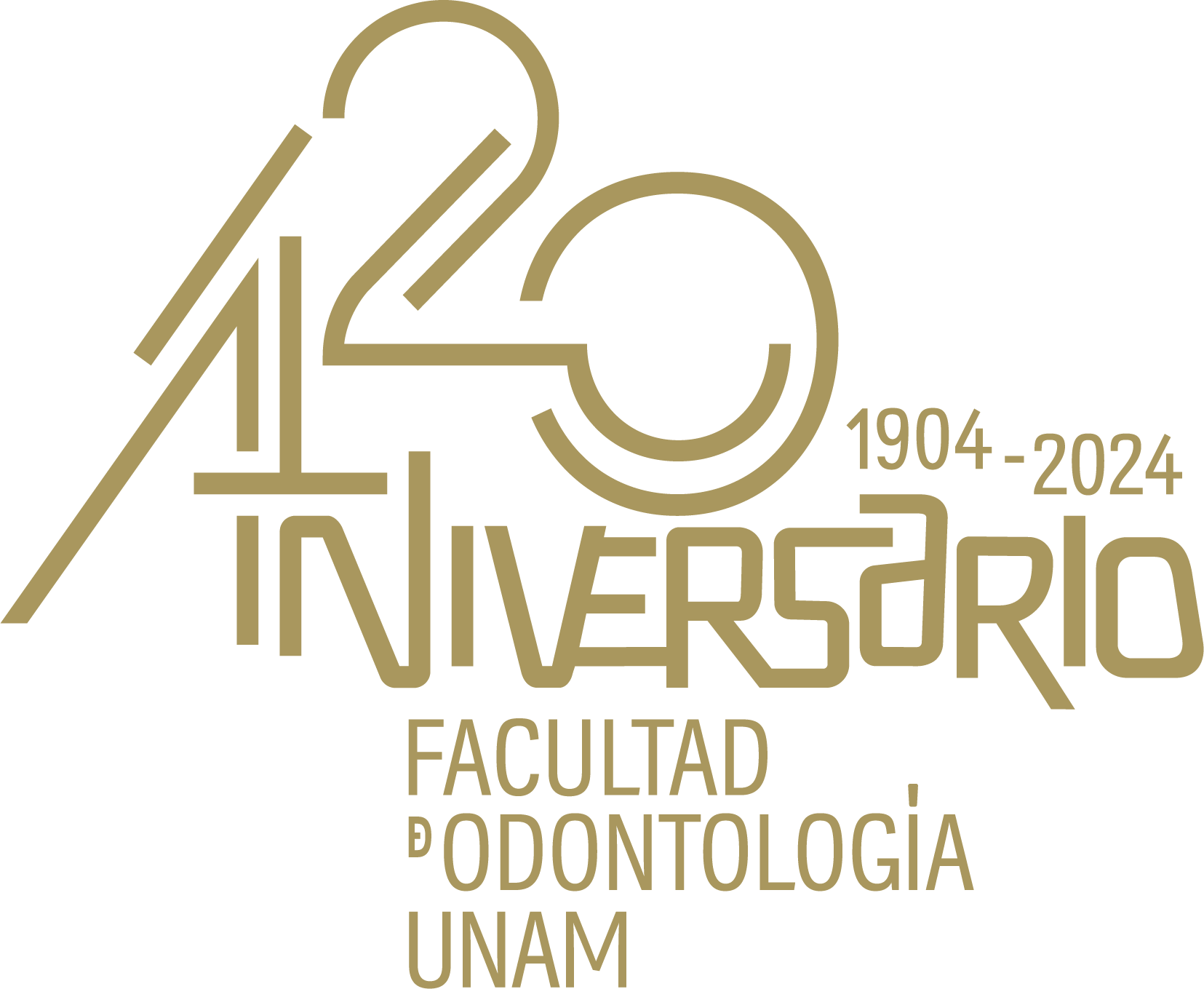Registro completo de metadatos
| Campo DC | Valor | Lengua/Idioma |
|---|---|---|
| dc.rights.license | https://creativecommons.org/licenses/by-nc-nd/4.0/legalcode.es | - |
| dc.creator | Montenegro Porras, María Ángeles | - |
| dc.date.accessioned | 2025-01-29T00:11:40Z | - |
| dc.date.available | 2025-01-29T00:11:40Z | - |
| dc.date.issued | 2013 | - |
| dc.identifier.issn | 2395-9215 | - |
| dc.identifier.uri | https://ru.odonto.unam.mx/handle/123456789/32078 | - |
| dc.description.abstract | Introduction: Diagnosis and treatment of retained teeth becomes necessary in order to avoid later complications jeopardizing the integrity of the dental arch. To this end a multidisciplinary work is instituted comprising from the early evaluation of the tooth until it is perfectly aligned in the arch, using the Orthodontics and Surgery services. According to each patient’s needs, orthodontic traction after surgical exposure may be the only treatment or it may be the first part of a more complex treatment. Objective: To apply traction to the upper right canine and to appropriately position it in the arch. Case report: Female patient, mesofacial, retained upper right canine, upper arch with a triangular shape and the lower one with a squared shape; severe crowding in both arches, the patient shows lateral upper incisors in crossbite, lower dental midline deviated to the left, molar class I on both sides and canine class not assessable on either side. Results: Successful traction of the upper right canine was achieved, taking the tooth to its proper position into the maxillary arch; molar and canine class I was achieved on both sides–arch shape was improved, appropriate overjet and overbite was achieved, and the profi le and the incisors’ long axis improved. Conclusion: Full fi xed appliances offer an option frequently used with traction applied to center of the alveolar process, using wire ligature from the buttons to the rigid archwire; this technique assures a good control system.Key words: Retained canine, surgical exposure, orthodontic treatment. | - |
| dc.language | eng | - |
| dc.publisher | Universidad Nacional Autónoma de México. Facultad de Odontología | - |
| dc.rights | La titularidad de los derechos patrimoniales de esta obra pertenece a las instituciones editoras. Su uso se rige por una licencia Creative Commons BY-NC-ND 4.0 Internacional, https://creativecommons.org/licenses/by-nc-nd/4.0/legalcode.es, fecha de asignación de la licencia 2013-01-29, para un uso diferente consultar al responsable jurídico del repositorio por medio del correo electrónico revistamexicanadeortodoncia@gmail.com | - |
| dc.subject.classification | Ciencias Biológicas, Químicas y de la Salud | - |
| dc.title | Orthodontic traction of a retained upper canine with Edgewise appliances: Case report | - |
| dc.type | Artículo Técnico-Profesional | - |
| dcterms.provenance | Universidad Nacional Autónoma de México. Facultad de Odontología | - |
| dc.description.repository | Repositorio Universitario de la Facultad de Odontología, https://ru.odonto.unam.mx/ Facultad Odontología | - |
| dc.rights.accessrights | Acceso abierto | - |
| dc.identifier.url | https://revistas.unam.mx/index.php/rmo/article/view/54122/48163 | - |
| dc.identifier.bibliographiccitation | Montenegro Porras, María Ángeles (2013). Orthodontic traction of a retained upper canine with Edgewise appliances: Case report. Revista Mexicana de Ortodoncia; Vol. 1 Núm. 1, 2013. | - |
| dc.identifier.doi | https://doi.org/10.1016/S2395-9215(16)30122-2 | - |
| dc.relation.ispartofjournal | Revista Mexicana de Ortodoncia; Vol. 1 Núm. 1 (2013) | - |
| Aparece en las colecciones: | Revistas | |
Los ítems de DSpace están protegidos por copyright, con todos los derechos reservados, a menos que se indique lo contrario.

